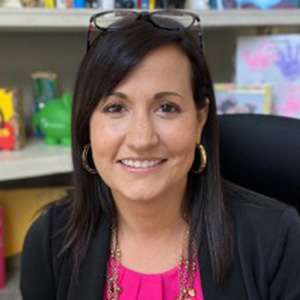
Absenteeism among contact center agents has been a persistent problem for years, with many businesses dedicating human resources and operations staff members specifically to the pursuit of a solution. But the coronavirus pandemic seems to have revealed a solution that was hiding in plain sight all along: a greater level of workplace flexibility for agents.
Over the past year, the shift to remote work has yielded many lessons; one of the most positive lessons is that contact center agents were craving a more flexible work environment.
The flexibility agents gained by working from home enabled them to achieve a better work-life balance without needing to resort to calling in sick when the unexpected happened. This took a significant bite out of absenteeism.
The connection seems obvious; if you’re already at home, there’s less reason to call in for an unplanned absence. But without rethinking traditional processes, the circumstantial flexibility borne of the pandemic and the temporary benefits that flowed from it will not be sustainable moving forward without considering how to make it endure. Intelligent automation technology may be the only way to lock in critical flexibility without sacrificing efficiency, productivity and, ultimately, customer satisfaction.
The Sting of Absenteeism
Few employees are more closely measured than contact center agents. Every second of their shift is measured and categorized: call-handling time, on-hold time, after-call work, breaks, etc. These measures are designed to maximize productivity, but they add a certain amount of pressure, which, if not supported effectively, may contribute to agent absenteeism.
Contact centers already bake a forecast level of absenteeism into their scheduling plans, but when absenteeism is even higher than expected, those plans quickly break down. When an agent takes unplanned time off, negative effects cascade: the workload of other agents increases, callers wait longer to speak with an agent, call handle time lengthens, and customers suffer. The number of frustrated agents swells, and more of them join the absenteeism parade or just plain quit. The dysfunction is contagious and self-perpetuating.
Technology as Antidote
The right technology can relieve the pressure of inflexible processes and redirect workflow into more productive channels. By automating time-consuming, repetitive tasks, intelligent automation frees agents to serve more customers and resolve their issues faster. An AI-based technology solution able to process millions of data points can instantly assess real-time conditions—detecting a dip in call volume, for example—and immediately deliver training or coaching sessions, breaks or voluntary time off to available agents.
There is an age-old argument that increasing the role of technology must necessarily displace or reduce the role of human agents. In fact, when used to assist rather than to control, technology goes beyond its role as an efficiency booster and actually fosters remote agents’ sense of connection and camaraderie, countering feelings of isolation and encouraging accountability.
Perhaps the greatest attribute of intelligent automation is the fact that it is location-agnostic. This is critical as businesses enter the post-pandemic phase and begin repatriating at least some of their contact center agents to the office for at least part of their working week. Companies cannot have different policies and expectations for home and office workers, and intelligent automation delivers a consistent agent experience no matter where agents are seated.
Conclusion
The positive effect of flexibility on absenteeism has been one of the bright spots of an otherwise difficult period for customer service operations. Contact center productivity and labor challenges vary by business sector and organization type, but one thing is universal: The pandemic fire drill has shown that many things formerly considered impossible or infeasible are, in fact, possible and feasible. It accelerated critical learning by providing a rare, hot-house opportunity to test ideas that otherwise would have taken years to percolate to the surface.
When organizations reopen their brick-and-mortar centers, it will be important to ensure greater scheduling flexibility, more emphasis on training and coaching, and stronger support to help agents and their team leaders to satisfy their objectives. Intelligent automation technology makes these things possible without sacrificing efficiency or productivity. The additional complexity of organizations moving forward with “remote-only,” “in-office-only” or “a-little-of-both” contact center agents adds another layer of complexity that intelligent automation technology is best equipped to solve. Only intelligent automation delivers the consistent, location-agnostic assistance that agents need to deliver the great experiences customers deserve.






